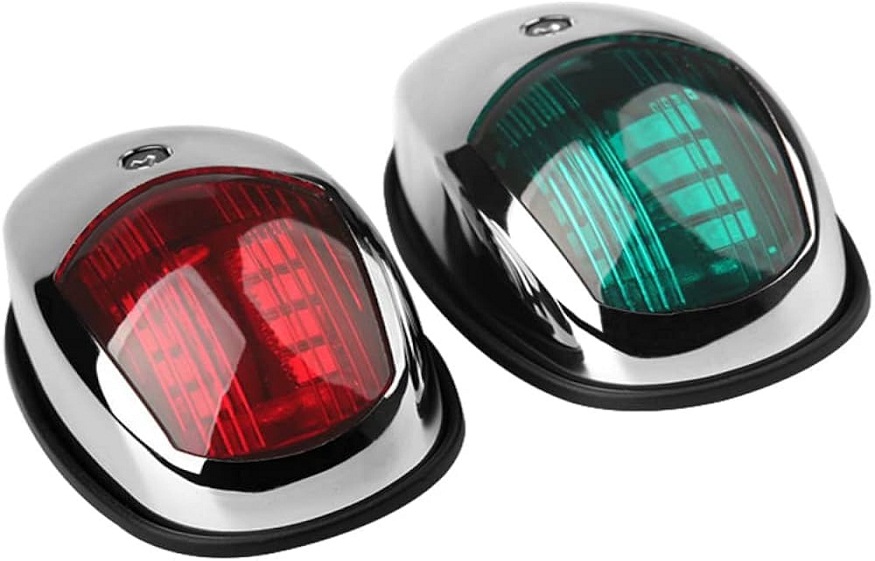Why Is Ship Marine Navigation Lighting Important?

Marine navigation lights are essential for safety and visibility in maritime operations. It is a safety tool that plays a vital role in nautical operations. It provides critical functions on watercraft in all sizes. They are crucial to preserving safety and order at sea. Seafarers can ensure smooth sailing and prevent mishaps by knowing their purpose. If you’re looking for high-quality LED lights or marine navigation lights for sale, consider our options, which are available at a reasonable price without breaking the bank.
Understanding Navigation Lights
A set of lights used by ships to ensure visibility in low light is known as navigation lights. They are often placed around different areas of the watercraft. Because they provide other watercraft with information about the ship’s size, velocity, and direction, their placements are vital. These lights comply with international marine laws. The International Regulations for Preventing Collisions at Sea (COLREGs) regulate the visibility range, colour, and positioning of navigation lights.
1. Providing Visibility
When there is a lot of fog or darkness, the sea might be dangerous. Vision is limited under these conditions. Navigation lights glow through the darkness. They let other vessels know where you are and what you intend to do. In their absence, the probability of collisions increases dramatically.
These lights make it easier for ships to see one another, even at great distances. A ship alerts other ships to its presence by using the appropriate lights. This visual cue can prevent dangerous conditions before they start.
2. Communicating Important Information
Every kind of navigation light contains unique data. The red and green sidelights, respectively, show the port (left) and starboard (right) sides. The rear of the ship is visible through the white light at the stern. Masthead lights provide information about the size and direction of the ship by shining forward.
Mariners can decide whether to change their route by being aware of these lights. For example, observing the green and white light of another vessel indicates that careful navigation is required.
3. Signifying Vessel Status
Navigation lights indicate a vessel’s condition beyond simple motion. Activities like fishing, towing, and anchoring are made more visible by ships.
Fishing vessels exhibit mixtures of green and white. Ships towing others illuminate two masthead lights, one above the other. Certain lights alert other vessels when they are unable to move freely, such as when they are confined by draft.
When a vessel is at anchor, it frequently flashes red and white. This warning makes it easier for surrounding vessels to steer clear of the anchored vessel.
4. Regulatory Compliance
It is required under maritime legislation to use navigation lights. Penalties may result from breaking these rules. Authorities may impose fines on ships that don’t have enough lights. Safety is not the only benefit of compliance. It guarantees operators and owners of vessels legal protection.
Ships operating in international waters are subject to regulations set forth by the International Maritime Organization (IMO). Regional regulations apply to local waters. Legal issues can be avoided by being aware of these rules.
5. Impact on Operations for Search and Rescue
In search and rescue operations, navigation lights are crucial. Time is of the essence when a ship is in trouble. Rescue crews can find distressed vessels more quickly when there is enough lighting. This effectiveness has the potential to save lives.
Aircraft and rescue boats use visual clues extensively. They can carry out their responsibilities more efficiently when there are distinct lights. They can approach the stricken vessel without causing more damage or endangering more lives thanks to clear visibility.









